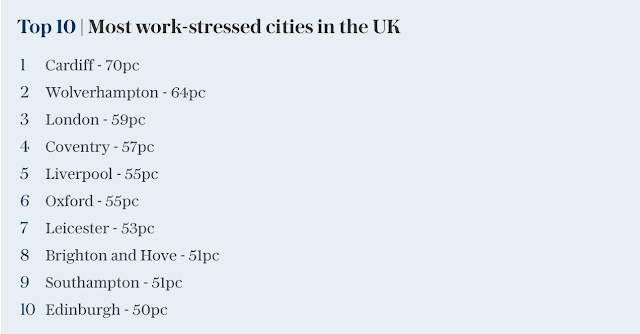"Mindfullness is a way of befriending ourselves and our experience" - Jon Kabat-Zinn
"The best way to capture moments is to pay attention. This is how we cultivate mindfulness" - Jon Kabat-Zinn
"Mindfullness means being awake. It means knowing what you are doing" - Jon Kabat-Zinn
"To think in terms of either pessimism or optimism oversimplifies the truth. The problem is to see reality as it is." - Thich Nhat Hanh
"Many people are alive but don't touch the miracle of being alive." - Thich Nhat Hanh
To know yourself as the Being underneath the thinker, the stillness underneath the mental noise, the love and joy underneath the pain, is freedom, salvation, enlightenment. ...
In the midst of movement and chaos, keep stillness inside of you
So the darkness shall be the light, and the stillness the dancing - TS Elliott
So the darkness shall be the light, and the stillness the dancing.
I've never meditated in my life. I don't practice yoga nor any religion. I'm a tourist on the realm of stillness. - Pico Iyer
“Everything takes time. Bees have to move very fast to stay still.” - David Wallace
“Space and silence are two aspects of the same thing. The same no-thing. They are externalization of inner space and inner silence, which is stillness: the infinitely creative womb of all existence.”
― Eckhart Tolle, The Power of Now: A Guide to Spiritual Enlightenment
― Eckhart Tolle, The Power of Now: A Guide to Spiritual Enlightenment
“Time passes so fast. Make time to be still.”
To realize the Self is to be still. ~Ramana Maharshi
The self must know stillness before it can discover its true song. ~Ralph Blum
If water derives lucidity from stillness, how much more the faculties of the mind! The mind of the sage, being in repose, becomes the mirror of the universe, the speculum of all creation. ~Chuang Tzu
When mind is still, then truth gets her chance to be heard in the purity of the silence. ~Sri Aurobindo
Like water which can clearly mirror the sky and the trees only so long as its surface is undisturbed, the mind can only reflect the true image of the Self when it is tranquil and wholly relaxed. ~Indra Dev
Be still, quiet and patient. There is only you. How can there be a distance between you and you? ~Jac O’Keefe




















































